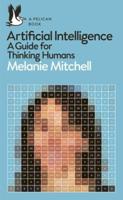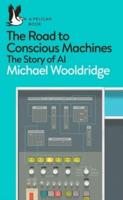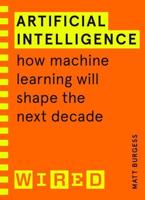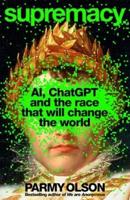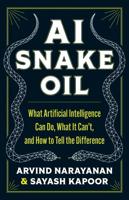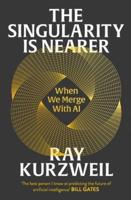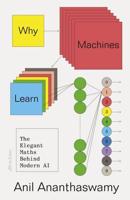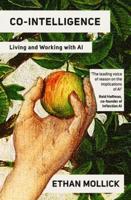Publisher's Synopsis
Soft ComputingArtificial IntelligenceA Guide to Intelligent SystemsMichael NegnevitskyVirtually all the literature on artificial intelligence is expressed in the jargon of computer science, crowded with complex matrix algebra and differential equations. Unlike many other books on computer intelligence, this one demonstrates that most ideas behind intelligent systems are simple and straightforward. The book has evolved from lectures given to students with little knowledge of calculus, and the reader needs no prerequisites associated with knowledge of any programming language. The methods used in the book have been extensively tested through several courses given by the author.The book provides an introduction to the field of computer intelligence, covering rule-based expert systems, fuzzy expert systems, frame-based expert systems, artificial neural networks, evolutionary computation, hybrid intelligent systems, knowledge engineering, data mining.In a university setting the book can be used as an introductory course within computer science, information systems or engineering departments.;The book is also suitable as a self-study guide for non-computer science professionals, giving access to the state of the art in knowledge-based systems and computational intelligence. Everyone who faces challenging problems and cannot solve them using traditional approaches can benefit from the practical understanding of what computers can do, as well as finding the right tool for the job and discovering how to use that tool.Dr Michael Negnevitsky is a Senior Lecturer in Electrical Engineering and Computer Science at the University of Tasmania, Australia. The book has developed from lectures to undergraduates. Its material has also been extensively tested through short courses introduced at Otto-von-Guericke-Universitt Magdeburg, Institut Elektroantriebstechnik, Magdeburg, Germany, Hiroshima University, Japan and Boston University, USA.Educated as an electrical engineer, Dr Negnevitsky's many interests include artificial intelligence and soft computing. His research involves the development and application of intelligent systems in electrical engineering, process control and environmental engineering.;He has authored and co-authored over 150 research publications including numerous journal articles, four patents for inventions and a book.

